DIY Vitamin A Skin Boosting Mask
By Renee Grandi
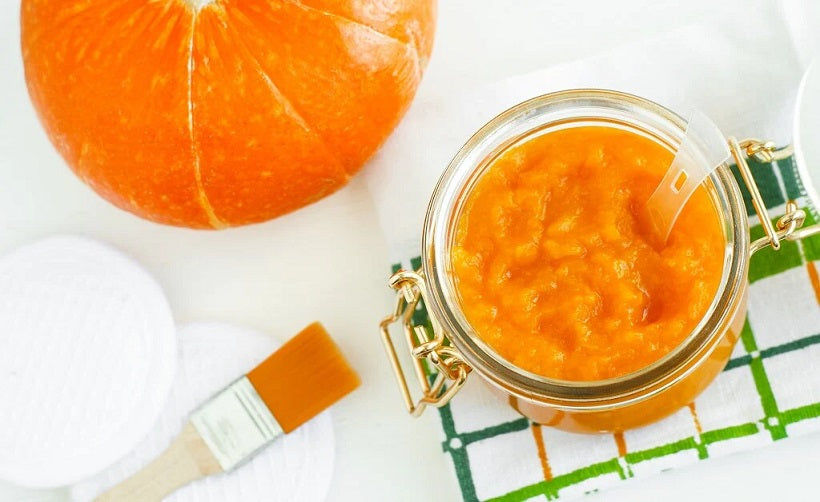
Are you looking for a brightening, rejuvenating, and stimulating, yet soothing face mask? Here’s one you can make at home with fresh non-toxic ingredients. It’s deliciously rich in antioxidants and beta-carotene, plus it feels fabulous, too!
Making your own facemasks at home can be a fun way to connect with your partner, family, and friends. It can be a self-care practice and you can make it a regular feel-good ritual. Why not set up the lounge-room for a spa night while you’re at it?
How to have the optimal spa experience at home
- Dim your lighting to create a soothing environment
- Put on relaxation essential oils (our faves: rose, lavender, ylang ylang, frankincense, orange)
- Maybe even light some candles and place them around the house
- Hit that ‘soothing vibes’ playlist
- Get your comfiest jammies and robes on
- Set up an Epsom salt foot soak while you have your mask on
- Brew a delicious cup of tea (rosehip, butterfly pea, and hibiscus all make for a lovely antioxidant-rich tea)
Why we love vitamin A skin-boosting ingredients
Pumpkin
This is the perfect facial mask utilising the fruits of nature. Pumpkin is easy to find; it is loaded with antioxidants and nutrients, particularly vitamins (A, C and E), carotenoids (β-carotene, lutein, zeaxanthin) , and phenolic compounds. These are renowned nutrients for skin health, accelerating wound healing, barrier functionality, texture, colour and suppleness. Perfection! Pumpkin is fabulous for reducing inflammation and protects against cellular oxidative damage. It’s super hydrating, being a rich source of naturally occurring alpha-hydroxy acids (AHAs) and essential fatty acids (EFAs).

Ginger
Zingiber officinale aka ginger is renowned for its circulatory stimulating, antibacterial and rich antioxidant profile. Your skin needs a little bit of a zing every now and then to get that oxygen flowing. This is essential for healthy skin lymphatics, detoxification and glow. This is a lovely herb if you have acne and fungal overgrowth, or if you feel your skin is looking a little dull. Topically, ginger has some serious epidermal antioxidant action.
Jojoba Oil
Jojoba oil is extremely stable and packed with anti-inflammatory compounds. It’s ideal for nourishing the skin in inflamed, dry states. The high vitamin E content of jojoba oil is also perfect for repairing the skin barrier from wounds, dermatitis, wrinkles and acne. The interesting double-bond fat structure of jojoba oil is unique, helping to target and reduce damaging free-radicals that cause aging and inflammation.
Jojoba oil has been shown to have anti-bacterial, anti-fungal, anti-inflammatory and antioxidant properties, which is why it’s one of our favourites to use on the skin. Jojoba oil is gentle and acts as a deep cleanser to clear excessive sebum, comedones and blockages.
Manuka Honey
Manuka honey is produced by Apis mellifera honey bees feeding on the manuka tree (Leptospermum scoparium) in New Zealand. It’s clinically used and trialled for wound healing and infections. Honey is effective in anti-bacterial resistant conditions, especially dermatitis and psoriasis. Manuka honey has broad-spectrum antibacterial effects and is very soothing to the skin.
Manuka honey stimulates deep cleansing and is also loaded with antioxidants that are ideal for supporting skin barrier function. Research also suggests that Manuka honey promotes better re-epithelialization in wound healing than hydrofiber silver. If you have any wounds, burns, infections, ulcers or inflammation, manuka is a beautiful intervention.
Papaya
Papaya - a tropical godsend. What doesn’t Mother Nature provide!? Papaya has been used topically for centuries in healing ulcers, inflammation, dermatitis, psoriasis, bacterial infections, wound healing, scar reduction and general skin nourishment. Mature, unripe papaya yields many botanical benefits; it is high in natural latex and proteolytic enzymes such as papain that has been used traditionally throughout the world for chronic skin conditions such as eczema, psoriasis, infections, bacterial/fungal overgrowths and dermatitis. Ripe papaya is soothing, rich in antioxidants, vitamin C, and beta carotene; it is also great for acne, inflamed, burnt, or blemish-prone skin.

Frankincense Essential Oil
Frankincense essential oils (FEOS) is an excellent addition to your DIY facial mask as it’s highly anti-inflammatory and ideal for supporting tissue injury, infection, wound healing, and repair. Alpha pinene, a major anti-inflammatory compound found in FEOS, is shown to reduce inflammatory cytokines, swelling, and fungal/bacterial overgrowth. It’s not only impressive for a myriad of skin benefits but also smells wonderful!
Vitamin A Skin Boosting Mask Recipe
Ingredients (makes 2):
- 2 tbsp. pumpkin (cooked, cooled, and mashed)
- 2 tsp. grated ginger or ginger juice (skin removed)
- 2 tsp. jojoba oil
- 2 tsp. manuka honey
- 4 tbsp. mature unripe papaya flesh (skinned, dice and mashed), with option to also use ripe papaya depending on what you’re wanting to achieve
- 2 drops of frankincense essential oil
Making Pumpkin Puree*:
- Fill a saucepan with ⅓ water and set stove top to high heat.
- Place a steaming basket on top of the saucepan and add 1 cup of pumpkin flesh (seeds removed).
- Let pumpkin steam for 30 minutes or until a fork can easily slide through the flesh, ready to mash.
- Allow the pumpkin to cool at room temperature.
- Mash the pumpkin to make a puree.
- Put in a glass container, cover, and place in the fridge until cold.
- Add your papaya flesh, cooled pumpkin, and grated ginger into the food processor or blender.
- Blend until a smooth texture is achieved.
- Add in the jojoba oil, manuka honey, and essential oils. Stir well.
Time to mask up!
- Cleanse your face and apply the mask evenly.
- Lay down and relax for 10 - 15 minutes.
- Remove the mask with water and a clean face cloth.
- Finish with our Revive Antioxidant Hydration Cream.
*This is a great option to set aside a cup of cooked and cooled pumpkin when you’re cooking your favourite meals.
Bonus Tip
If you’re looking for extra skin loving lifestyle practices, check out The Optimal Skin Guide where you’ll learn how to implement science-based skin nourishing practices into your daily routine.
REFERENCES
Alvarez-Suarez et al. (2014). The Composition and Biological Activity of Honey: A Focus on Manuka Honey. Foods, Sep; 3(3): 420–432.
Balgoon ML, Al-Zahrani MH, Jaouni SA, Ayuob N. (2021). Combined Oral and Topical Application of Pumpkin (Cucurbita pepo L.) Alleviates Contact Dermatitis Associated With Depression Through Downregulation Pro-Inflammatory Cytokines. Frontiers in Pharmacology, May 10;12:663417.
Chaudhuri, R. K. (2015). Modulating Antioxidant Defenses to Enhance Skin Benefits. Euro Cosmetics.
Han X, Rodriguez D, Parker TL. (2017). Biological activities of frankincense essential oil in human dermal fibroblasts. Biochimie Open, Feb 3;4:31-35.
Ikram EHK, Stanley R, Netzel M, Fanning K. (2015). Phytochemicals of papaya and its traditional health and culinary uses – A review. Journal of Food Composition and Analysis, 41:201–211.
Kulczyński B & Gramza-Michałowska A. (2019). The Profile of Carotenoids and Other Bioactive Molecules in Various Pumpkin Fruits (Cucurbita maxima Duchesne) Cultivars. Molecules, Sep; 24(18): 3212.
McLoone P, Warnock M, Fyfe L. (2016). Honey: A realistic antimicrobial for disorders of the skin. Journal of Microbiology, Immunology and Infection, Apr;49(2):161-7.
Nayik GA & Gull A, eds. (2020). Antioxidants in Vegetables and Nuts - Properties and Health Benefits. Springer Singapore, ISBN: 978-981-15-7469-6.
Orchard A, Van vuuren S, Viljoen A. (2019). Commercial Essential Oil Combinations against Topical Fungal Pathogens. Natural Product Communications, 4(1):1934578X1901400.
Ovando-Martínez M & González Aguilar GA. (2020). Papaya. Nutritional Composition and Antioxidant Properties of Fruits and Vegetables, 499–513.
Sreedhar A, Li J, Zhao Y. (2018). Next-Gen Therapeutics for Skin Cancer: Nutraceuticals. Nutrition and Cancer, Jul; 70(5): 697–709.

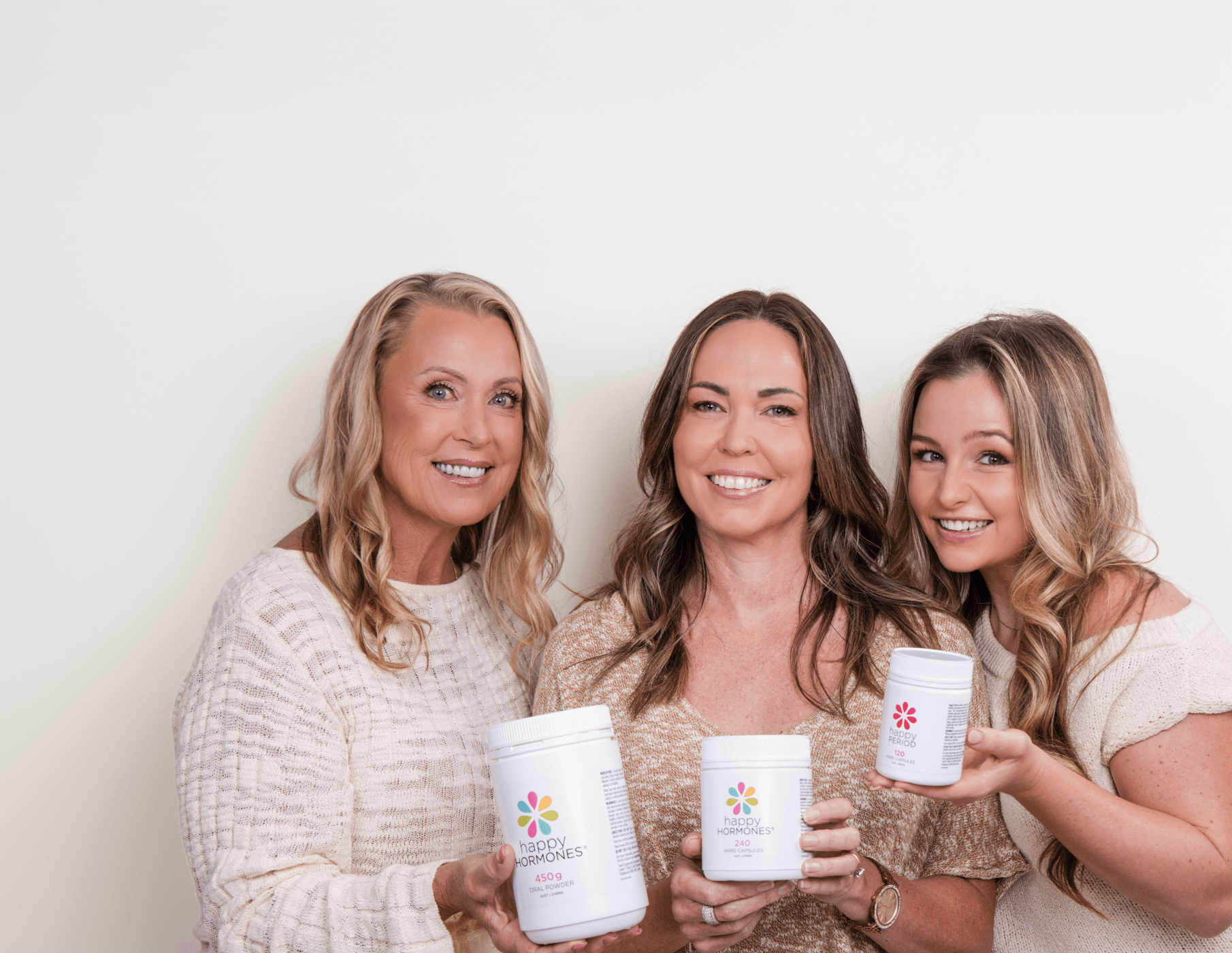
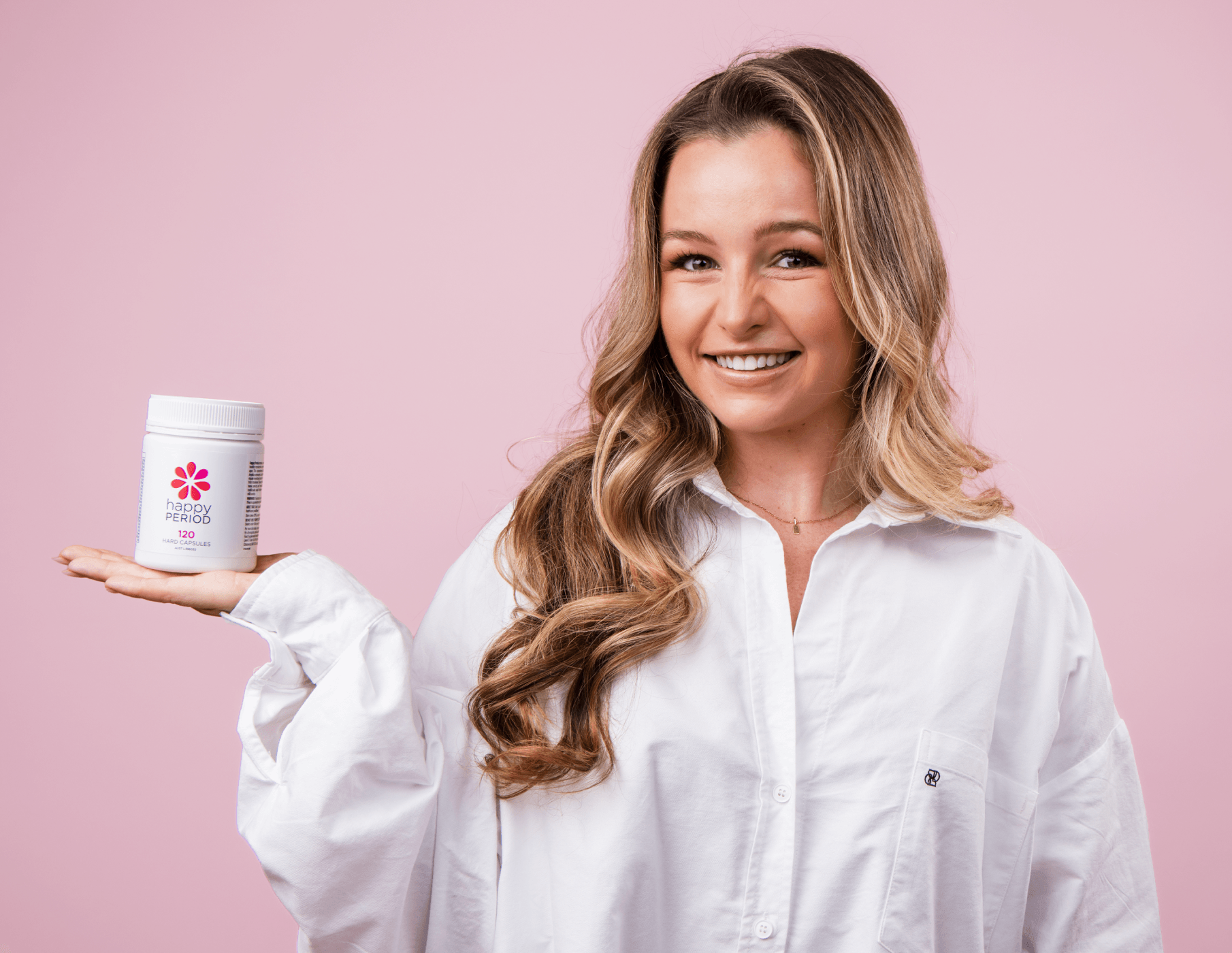

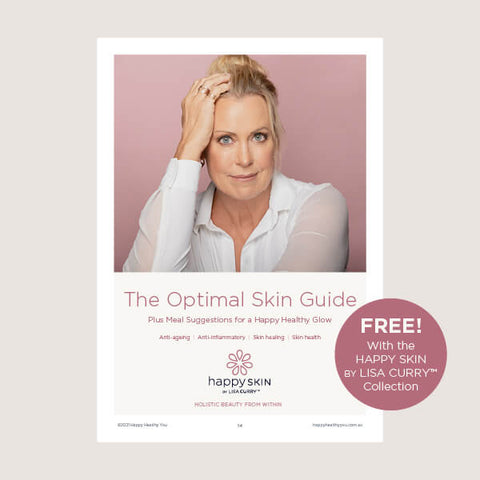
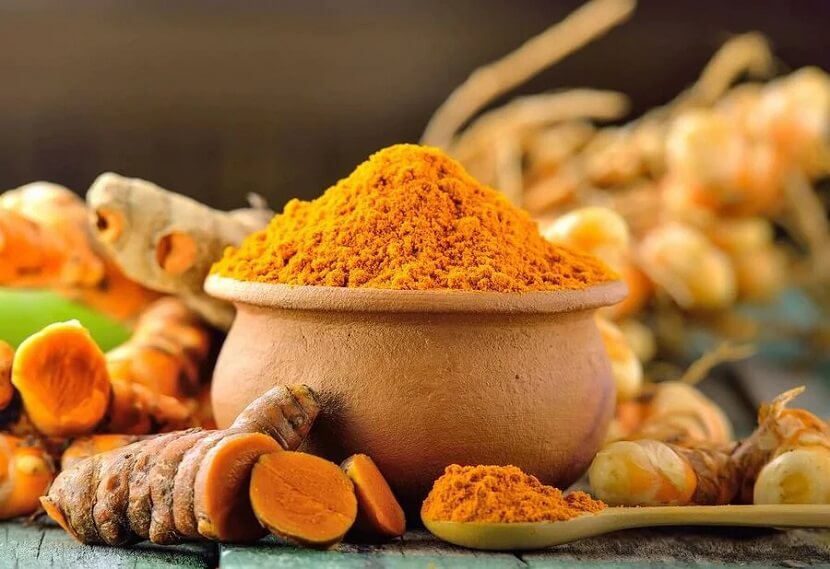

Leave a comment
This site is protected by hCaptcha and the hCaptcha Privacy Policy and Terms of Service apply.